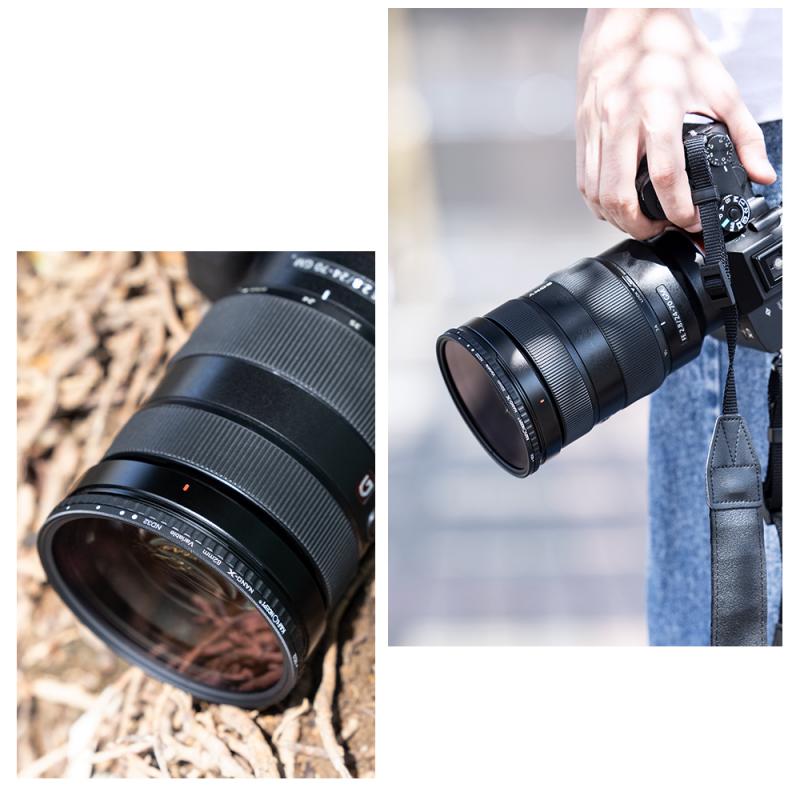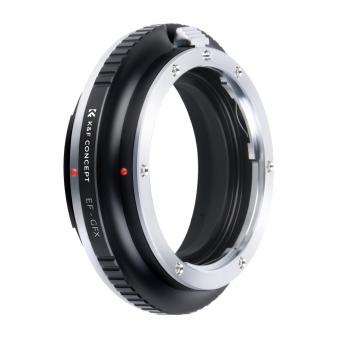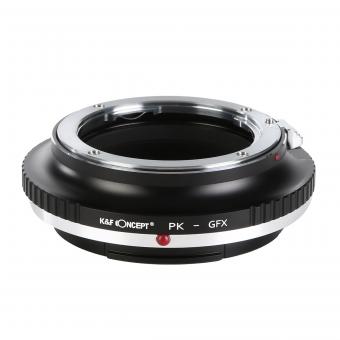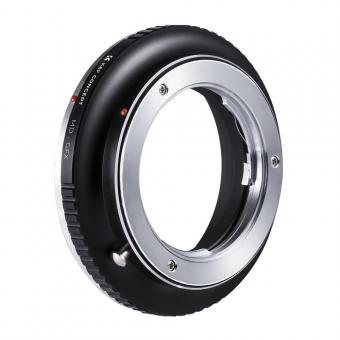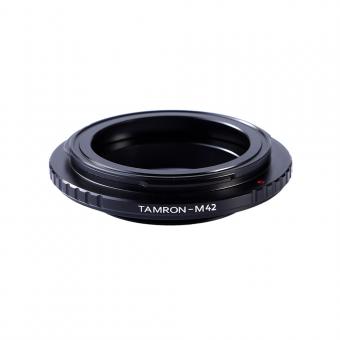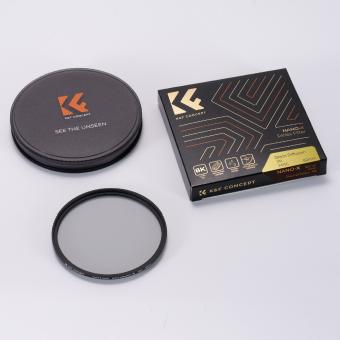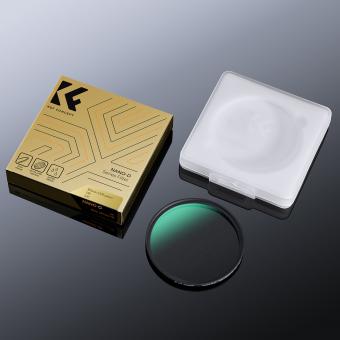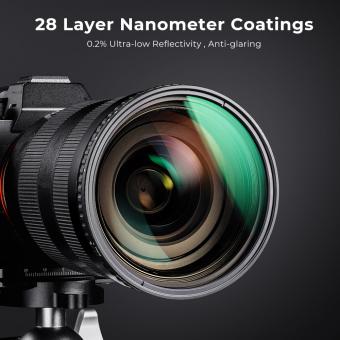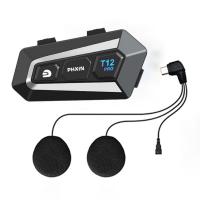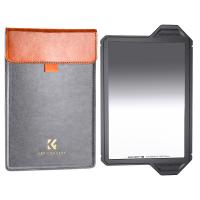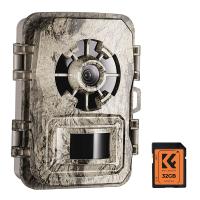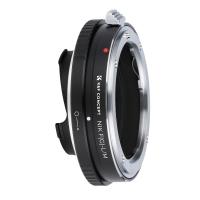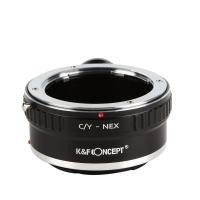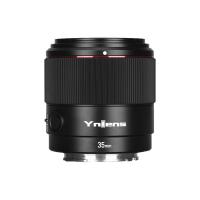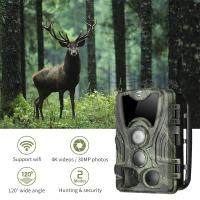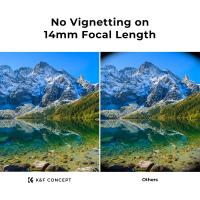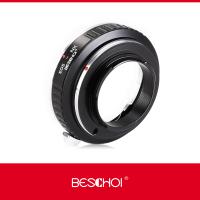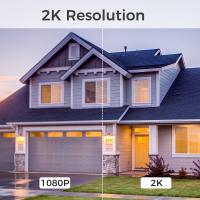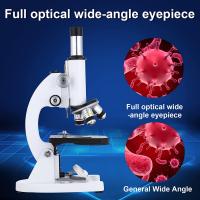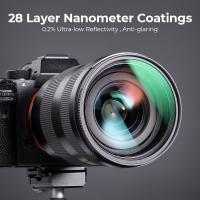Why Use Nd Filters ?
ND filters, or neutral density filters, are used in photography and videography to reduce the amount of light entering the camera without affecting the color or hue of the image. They are primarily used in situations where there is too much light, such as bright sunlight or when shooting long exposures, to achieve certain creative effects or to control the exposure settings. By reducing the amount of light, ND filters allow for longer shutter speeds, wider apertures, or lower ISO settings, which can result in various artistic outcomes. They are particularly useful in landscape photography to capture motion blur in waterfalls or create smooth, ethereal effects in moving clouds. Additionally, ND filters are employed in videography to maintain a consistent shutter speed and achieve a more cinematic look by reducing the amount of light entering the camera. Overall, ND filters are essential tools for photographers and videographers to have greater control over exposure and creative possibilities in challenging lighting conditions.
1、 Reducing Exposure in Bright Conditions
ND filters, or Neutral Density filters, are essential tools for photographers and videographers. They are primarily used to reduce the amount of light entering the camera lens, allowing for longer exposure times or wider apertures in bright conditions. This reduction in exposure is particularly useful in situations where the available light is too intense, such as shooting in direct sunlight or capturing long-exposure shots during the day.
One of the main reasons to use ND filters is to achieve creative effects. By using longer exposure times, photographers can capture motion blur in moving subjects, such as flowing water or moving clouds, creating a sense of movement and adding a dynamic element to the image. Additionally, ND filters allow for wider apertures, resulting in a shallower depth of field and enabling photographers to isolate their subject from the background, creating a pleasing bokeh effect.
Moreover, ND filters can be used to overcome technical limitations. For instance, when shooting with a wide aperture in bright conditions, the resulting image may be overexposed. By using an ND filter, the photographer can reduce the amount of light entering the lens, allowing for a wider aperture without blowing out the highlights. This is particularly useful in portrait photography, where a shallow depth of field is often desired.
In recent years, the use of ND filters has gained even more popularity due to the rise of drone photography and videography. Drones often have fixed aperture settings, making it challenging to control exposure in bright conditions. By using ND filters specifically designed for drones, photographers and videographers can achieve more balanced exposures and capture stunning aerial shots with greater control over shutter speed and aperture.
In conclusion, ND filters are essential tools for photographers and videographers, allowing them to reduce exposure in bright conditions, achieve creative effects, overcome technical limitations, and enhance their overall image quality.
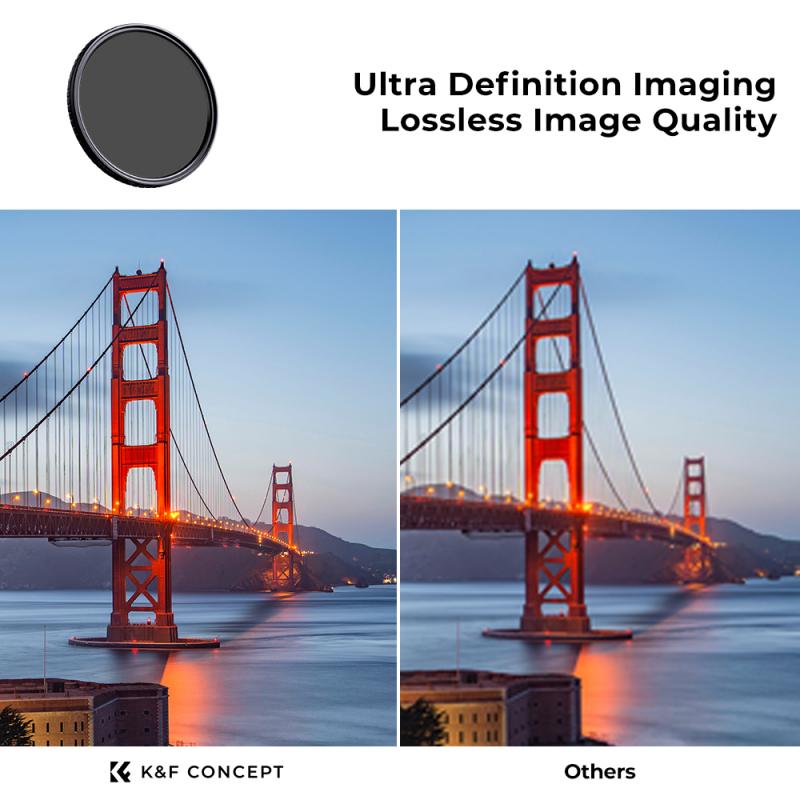
2、 Controlling Shutter Speed for Motion Blur
ND filters, or Neutral Density filters, are essential tools for photographers and videographers looking to control the amount of light entering their camera lens. They are particularly useful for controlling shutter speed, which in turn allows for creative control over motion blur.
One of the primary reasons to use ND filters is to achieve longer exposure times. By reducing the amount of light entering the lens, ND filters enable photographers to use slower shutter speeds even in bright lighting conditions. This is especially useful when capturing subjects in motion, such as flowing water or moving vehicles, as it creates a sense of motion blur. By intentionally blurring the moving elements, photographers can convey a sense of dynamism and energy in their images.
Additionally, ND filters allow for wider apertures to be used in bright conditions. This is particularly beneficial for portrait photographers who want to achieve a shallow depth of field and separate the subject from the background. Without an ND filter, shooting wide open in bright sunlight would result in overexposed images. By using an ND filter, the amount of light is reduced, allowing for wider apertures and achieving the desired aesthetic.
Furthermore, ND filters can be used creatively to capture long exposures during daytime. This technique is popular for landscape photography, where the movement of clouds or water can be transformed into smooth, ethereal patterns. By using a combination of a slow shutter speed and an ND filter, photographers can create stunning images that convey a sense of tranquility and timelessness.
In recent years, the use of ND filters has become even more relevant with the rise of drone photography and videography. Drones often have fixed aperture settings, making it challenging to control exposure in bright conditions. ND filters provide a solution by reducing the amount of light entering the lens, allowing for proper exposure and creative control over motion blur.
In conclusion, ND filters are essential tools for photographers and videographers looking to control shutter speed and achieve motion blur. They enable longer exposures, wider apertures, and creative effects, allowing for the capture of dynamic and visually striking images. With the advancements in technology and the increasing popularity of drone photography, the use of ND filters has become even more relevant and necessary in the modern photography landscape.
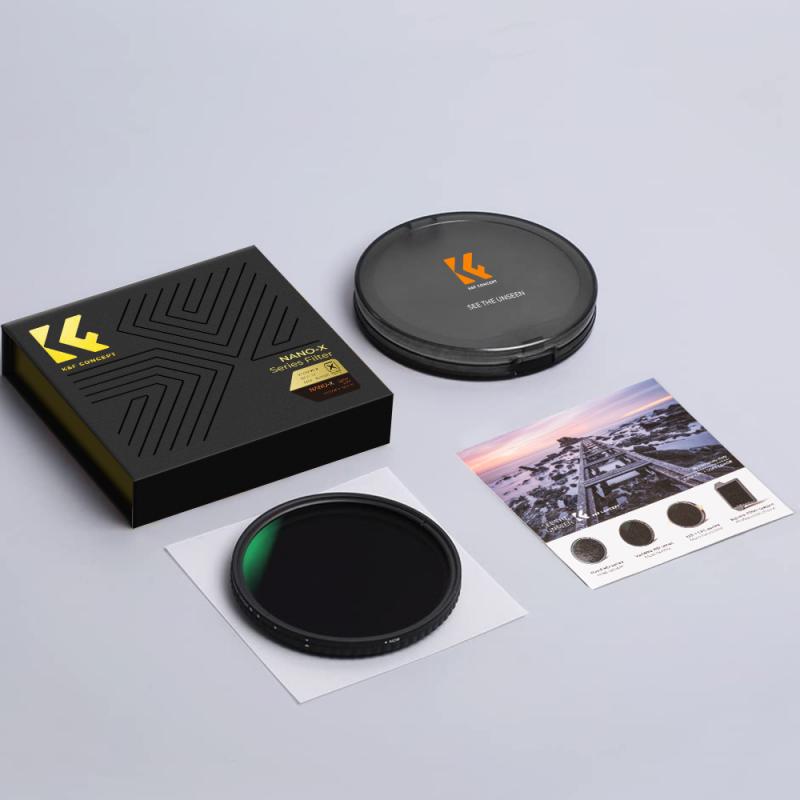
3、 Achieving Balanced Exposures in High Contrast Scenes
ND filters, or Neutral Density filters, are essential tools for achieving balanced exposures in high contrast scenes. These filters are designed to evenly reduce the amount of light entering the camera without altering the color or hue of the image. By doing so, they allow photographers to capture scenes with a wider dynamic range, where there is a significant difference between the brightest and darkest areas.
One of the main reasons to use ND filters is to control the exposure in situations where the available light is too bright. For example, when photographing landscapes with a bright sky and darker foreground, the sky may become overexposed while the foreground is properly exposed. By using an ND filter, the photographer can reduce the amount of light entering the camera, balancing the exposure between the sky and the foreground.
ND filters are also useful for achieving creative effects. By using longer exposure times, ND filters can create motion blur in moving subjects such as waterfalls or clouds, resulting in a smooth and ethereal look. Additionally, they allow photographers to use wider apertures in bright conditions, creating a shallow depth of field and isolating the subject from the background.
In recent years, the use of ND filters has become even more relevant with the rise of high dynamic range (HDR) photography. HDR techniques involve capturing multiple exposures of the same scene and blending them together to create a final image with a wider dynamic range. ND filters help in capturing these multiple exposures by allowing the photographer to control the exposure of each frame.
In conclusion, ND filters are essential tools for achieving balanced exposures in high contrast scenes. They provide photographers with greater control over exposure, allowing them to capture scenes with a wider dynamic range and achieve creative effects. With the increasing popularity of HDR photography, the use of ND filters has become even more important in capturing multiple exposures for blending.

4、 Enhancing Colors and Contrast in Landscape Photography
ND filters, or Neutral Density filters, are essential tools for landscape photographers looking to enhance colors and contrast in their images. These filters are designed to reduce the amount of light entering the camera without affecting the color balance, allowing photographers to achieve longer exposure times and create stunning effects.
One of the main reasons to use ND filters in landscape photography is to capture motion blur. By using a longer exposure, moving elements such as waterfalls, rivers, or clouds can be transformed into smooth, ethereal flows. This technique adds a sense of movement and dynamism to the image, creating a more captivating and artistic result.
Additionally, ND filters help to balance the exposure in high-contrast scenes. When shooting landscapes with a bright sky and darker foreground, the camera's sensor may struggle to capture both areas properly. By using an ND filter, the photographer can reduce the amount of light entering the camera, allowing for a more balanced exposure and preserving details in both the highlights and shadows.
Moreover, ND filters can intensify colors and enhance contrast in landscape photography. By reducing the amount of light, these filters help to saturate colors, making them appear more vibrant and rich. This effect is particularly noticeable in scenes with water, foliage, or colorful skies, where the filter can bring out the natural beauty of the landscape.
In recent years, the use of ND filters has become even more popular with the rise of long-exposure photography on social media platforms. Photographers are constantly pushing the boundaries of creativity, experimenting with different exposure times and techniques to capture unique and eye-catching images. ND filters are an essential tool in achieving these long-exposure effects, allowing photographers to create stunning images that stand out in a crowded digital world.
In conclusion, ND filters are indispensable for landscape photographers seeking to enhance colors and contrast in their images. By allowing for longer exposures, balancing exposure in high-contrast scenes, and intensifying colors, these filters enable photographers to capture breathtaking landscapes that leave a lasting impression on viewers.
